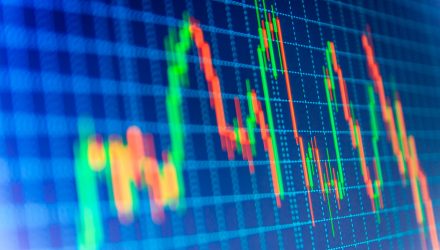Concerns about the degree of concentration in market capitalization-weighted indexes like the S&P 500 seem to be prevalent whenever performance is dominated by mega-cap names — as it has been recently.
Investors are facing levels of concentration risk not seen in nearly half a century with the S&P 500’s top five holdings growing increasingly large at nearly 21%, overexposing investors to the recent turbulence and declines among mega-cap tech stocks.
Equal-weighted ETFs such as the Invesco S&P 500 Equal Weight ETF (RSP), which is the largest fund in its category, minimize single stock risk. That’s a potential selling point for investors at a time when growth and technology stocks are weighing on the broader market.
Interestingly, after peaks in concentration — such as the aftermath of the technology bubble — the S&P 500 Equal Weight Index has typically outperformed its cap-weighted counterpart, according to S&P Dow Jones Indices senior director, index investment strategy, Anu R. Ganti, and managing director, core product management, Craig Lazzara.
Market capitalization-weighted indexes can often result in just a few companies having an outsized influence on index performance. When looking at the S&P 500, investors have up to 35 times the exposure to the top holdings in a market cap strategy than they would in an equal-weighted approach.
Opting for an equal weight index, as opposed to a market cap-weighted approach, can provide diversification benefits and reduce concentration risk by weighting each constituent company equally, so that a small group of companies does not have an outsized impact on the index.
Another equal-weighted ETF to consider is the Invesco ESG S&P 500 Equal Weight ETF (RSPE), which integrates ESG considerations into the investment strategy.
For more news, information, and strategy, visit the Portfolio Strategies Channel.

